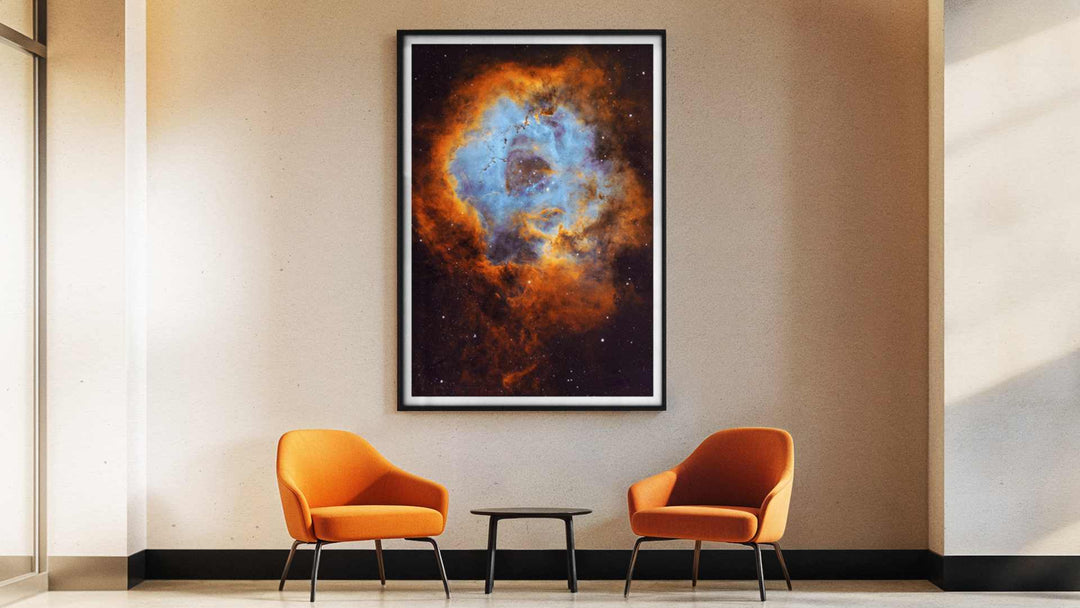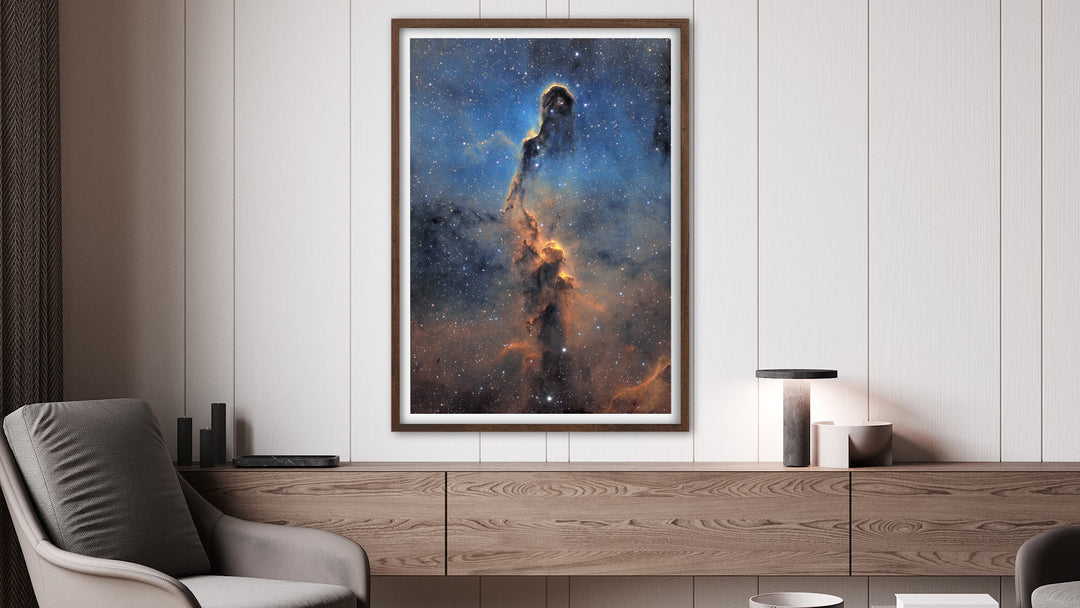Łukasz Remkowicz: Serpent in the Milky Way - A Snake Made of Darkness
Most nebulae glow. They shine with the light of newborn stars, radiate in reds and blues, announce their presence across the galaxy.
Not this one.
Barnard 72—the Snake Nebula—is pure absence. A serpent carved from darkness itself, winding through millions of background stars like something hunting in the cosmic deep.
Polish astrophotographer Łukasz Remkowicz captured it from Namibia's Hakos observatory, where the Milky Way burns so bright overhead you can read by its light. And in that blazing star field, this snake emerges—not by what it shows, but by what it hides.
This isn't a void; it's a presence—a dense river of interstellar dust so thick it completely eclipses the light of millions of stars behind it, creating a breathtaking silhouette against the galactic glow.
The Physics of Absence
Dark nebulae are the universe's shadows.
These are cold molecular clouds—gas and dust so dense that light simply cannot pass through. Temperatures hover just 10-20 degrees above absolute zero. The dust grains are microscopic, but there are trillions upon trillions of them, blocking the light of countless stars behind.
Barnard 72 sits in the constellation Ophiuchus—the Serpent Bearer—at roughly 650 light-years from Earth. It's part of the vast Pipe Nebula complex, a network of dark molecular clouds that snake through the Milky Way's plane creating shapes humans have recognized for centuries.

The "snake" shape isn't random. These structures form where density variations in the molecular cloud create filaments—narrow lanes where dust concentrates into linear formations. Gravity, magnetic fields, and turbulence all play roles. The result? Natural sculptures that our pattern-seeking brains immediately recognize.
What you're seeing is stellar birth before it happens. These dark clouds are stellar nurseries in waiting—places where gravity will eventually compress gas enough to ignite fusion. In a few million years, this snake might glow with the light of newborn stars. Right now? It's still gathering its strength in darkness.
Why Namibia Changes Everything
Remkowicz didn't choose Hakos randomly.
Most of Earth's population lives under light-polluted skies. They see maybe a few dozen stars. The Milky Way? A faint smudge, if anything.
Hakos, Namibia sits at 1,800 meters elevation on the edge of the Namib Desert. Bortle 1-2 darkness. Air so dry that water vapor—which scatters light—barely exists. And crucially: southern hemisphere access to the Milky Way's core regions, where star density reaches its maximum.

From this site, the Milky Way isn't a subtle band—it's an overwhelming river of light. Millions of stars visible. Structure upon structure. And dark nebulae like Barnard 72 stand out in stark contrast against that blazing backdrop.
The Astrography Promise: A Universe, Curated for You
The cosmos is vast, but true works of art are rare. At Astrography, we are your curators. We journey through countless images to find the singular shots that possess a soul—photographs that blend scientific wonder with undeniable artistic merit.
"Serpent in the Milky Way" was chosen for its stark beauty and its power to tell a story with what isn't there. When you acquire a print from us, you're not just buying a picture; you're investing in a piece of the universe that has been hand-selected for its ability to inspire.
Photo details:
- Mount: ZWO AM3
- Telescope: Askar FRA400
- Camera: ZWO ASI2600MC Pro
- Filter: ZWO IR-cut
- Exposure: 29×180s
Who This Print Is For
-
Minimalists who love cosmic drama: Most space prints are busy—colors everywhere, nebulae glowing, visual complexity. The Snake? It's the opposite. Elegant simplicity. A dark serpent on a field of stars. Visual impact through restraint.
-
People who appreciate the unusual: Everyone photographs glowing nebulae. Very few capture dark nebulae well—they require dense star fields to provide contrast, excellent seeing conditions, careful processing. This is the cosmic road less traveled.
-
Fans of natural patterns: Our brains evolved to spot snakes. It's hardwired survival instinct. So when cosmic dust accidentally creates a perfect serpent shape 650 light-years away, we notice. This print taps into something primal—pattern recognition that transcends culture.
-
Interior designers working with monochromatic schemes: The color palette is subtle. Warm stellar yellows and oranges against black dust. No aggressive reds or blues. It's sophisticated. Understated. Perfect for spaces where you want visual interest without color clash.
-
Gift seekers wanting symbolic meaning: Snakes represent transformation, rebirth, hidden knowledge across dozens of cultures. In Ophiuchus—the Serpent Bearer constellation—they symbolize healing (the constellation inspired the medical caduceus). This print carries mythology and meaning beyond just "pretty space picture".
Two Formats, One Serpent
-
Fine Art Print (200+ year lifespan): Museum-grade archival paper with pigments tested for centuries of colorfastness. This is investment-level quality—what serious collectors demand when they want prints that become family heirlooms. Your great-grandchildren will see this serpent exactly as Remkowicz captured it from Namibian darkness.
-
Poster Print: Same stunning contrast, same elegant composition, accessible pricing. Perfect for first-time space art buyers, students, anyone who wants a cosmic serpent without the fine-art investment.
Both formats ship ready to frame. We handle the color calibration, contrast optimization, making sure that snake emerges from its star field with perfect clarity. You just decide where it hangs.
The Silent Power of Darkness
Here's what people miss about space photography: they think it's all about light.
Glowing nebulae. Bright galaxies. Stars by the billions.
But sometimes? Sometimes it's the darkness that tells the story.
Barnard 72 doesn't glow. It doesn't shine. It just exists—a serpent-shaped absence winding through the Milky Way, blocking light from stars that were already ancient when Earth formed.
It's quiet. Mysterious. Powerful in its simplicity.
And when you hang it on your wall, people stop. Not because it's loud or bright or demanding attention. But because there's something hypnotic about that dark snake threading through a million stars. Something that makes you look closer. Something that whispers instead of shouts.
Don't just look at the stars. Embrace the darkness between them. Add this cosmic serpent to your collection today.


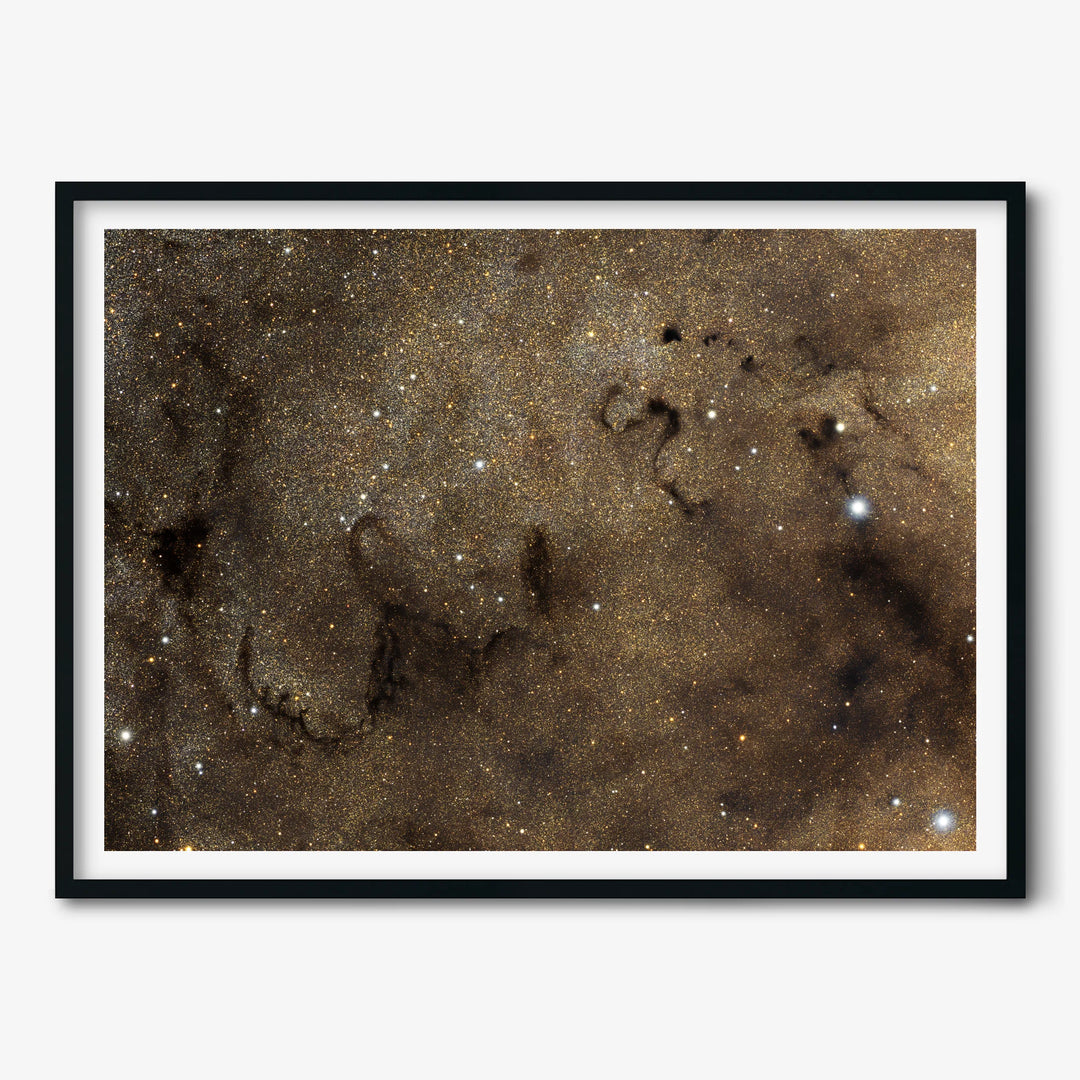
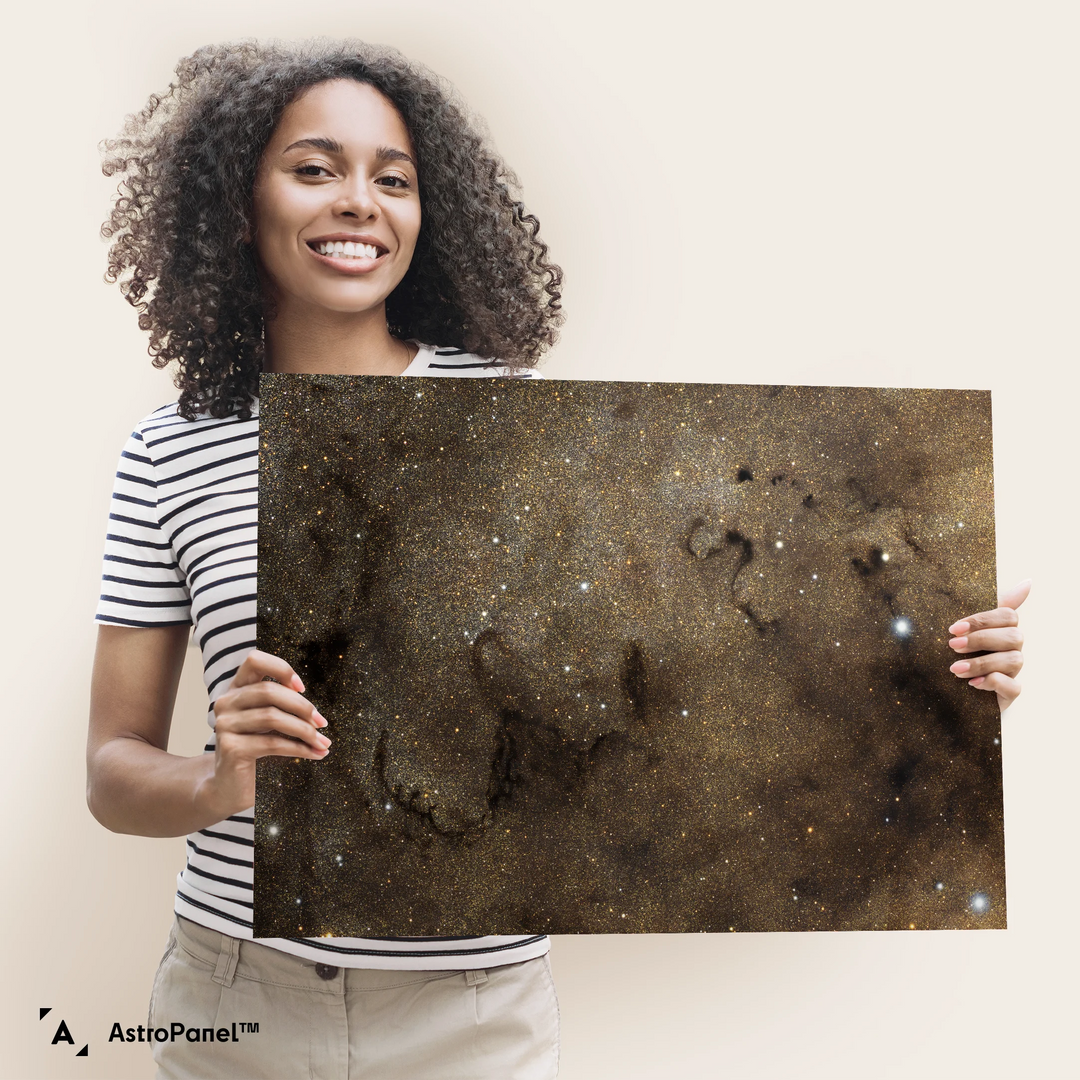
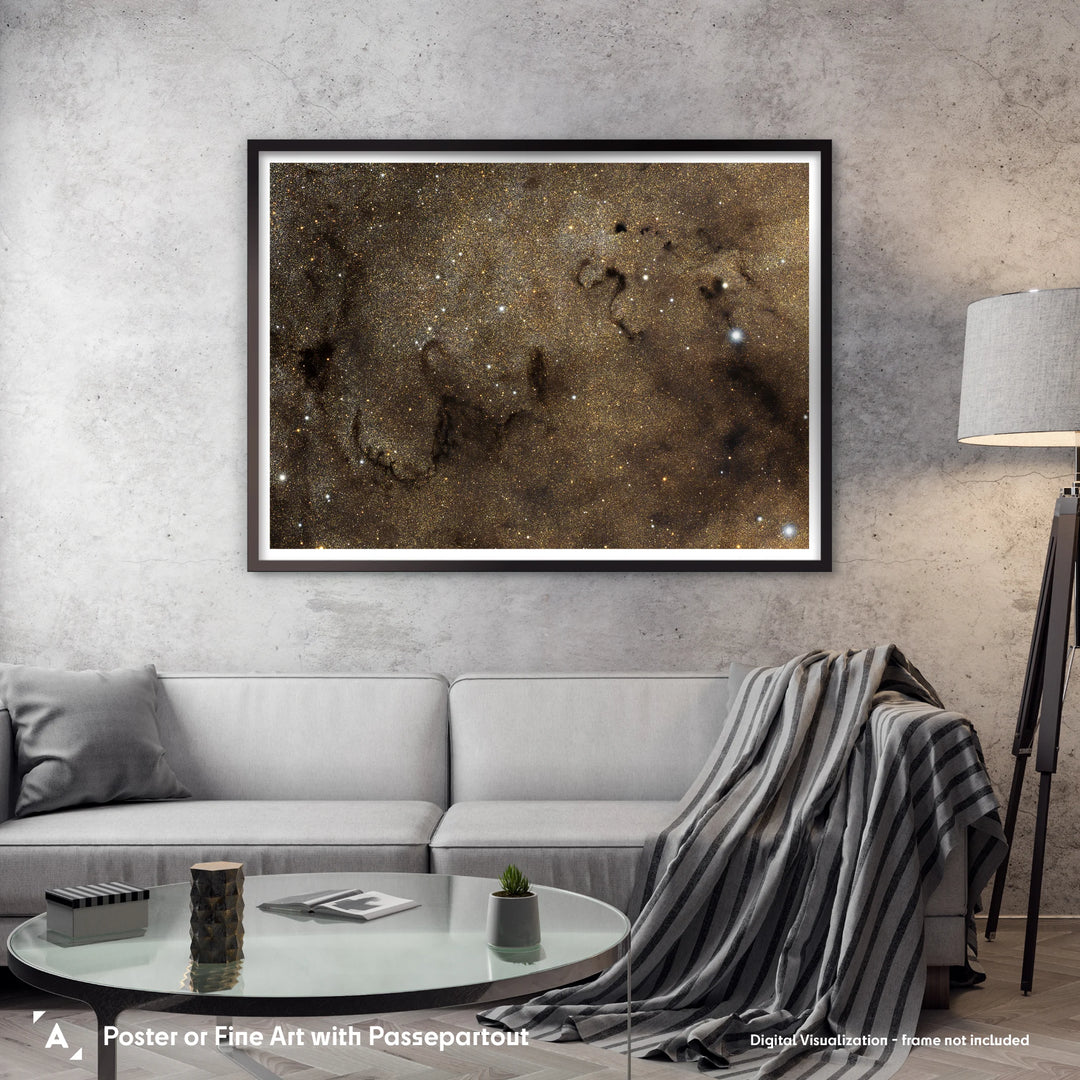
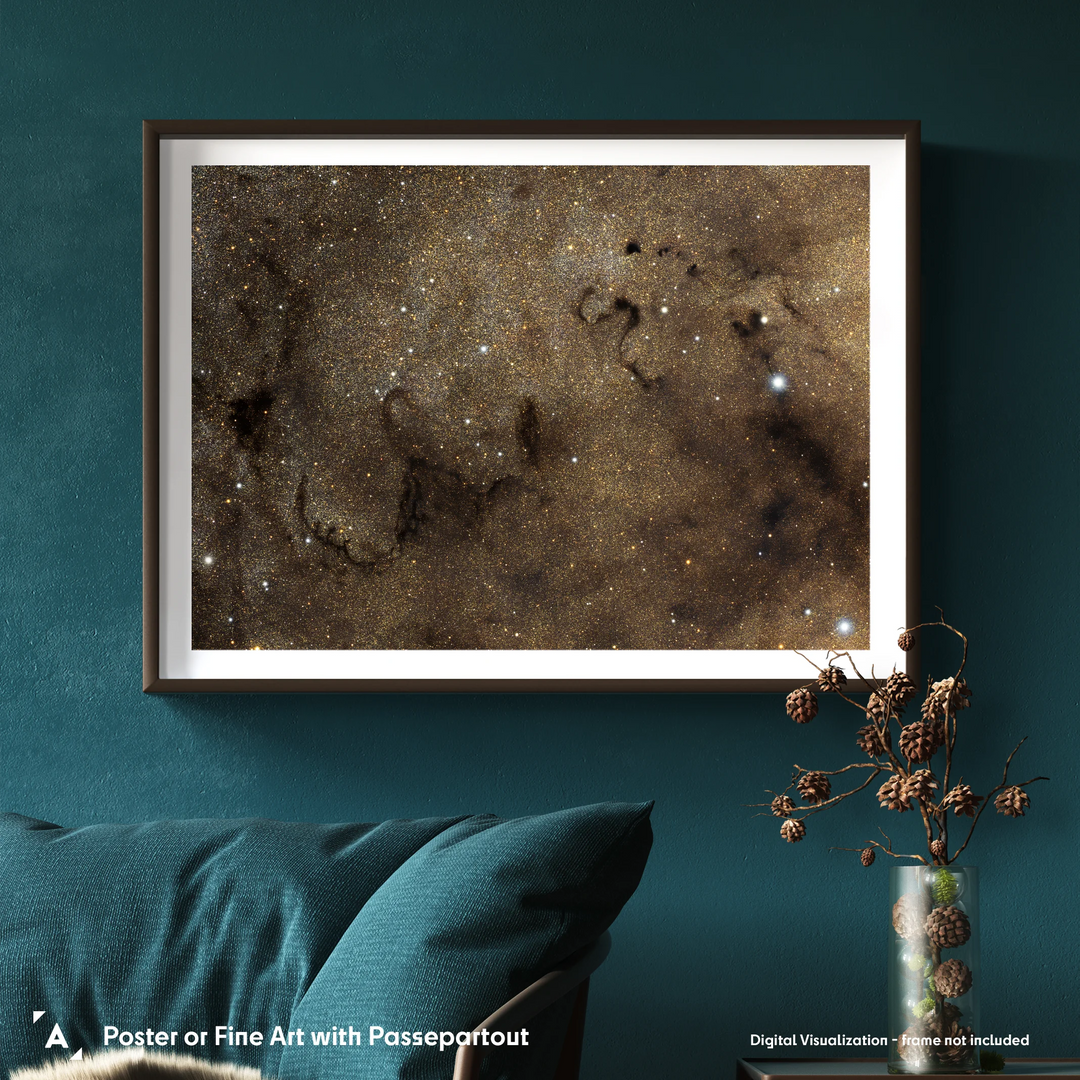
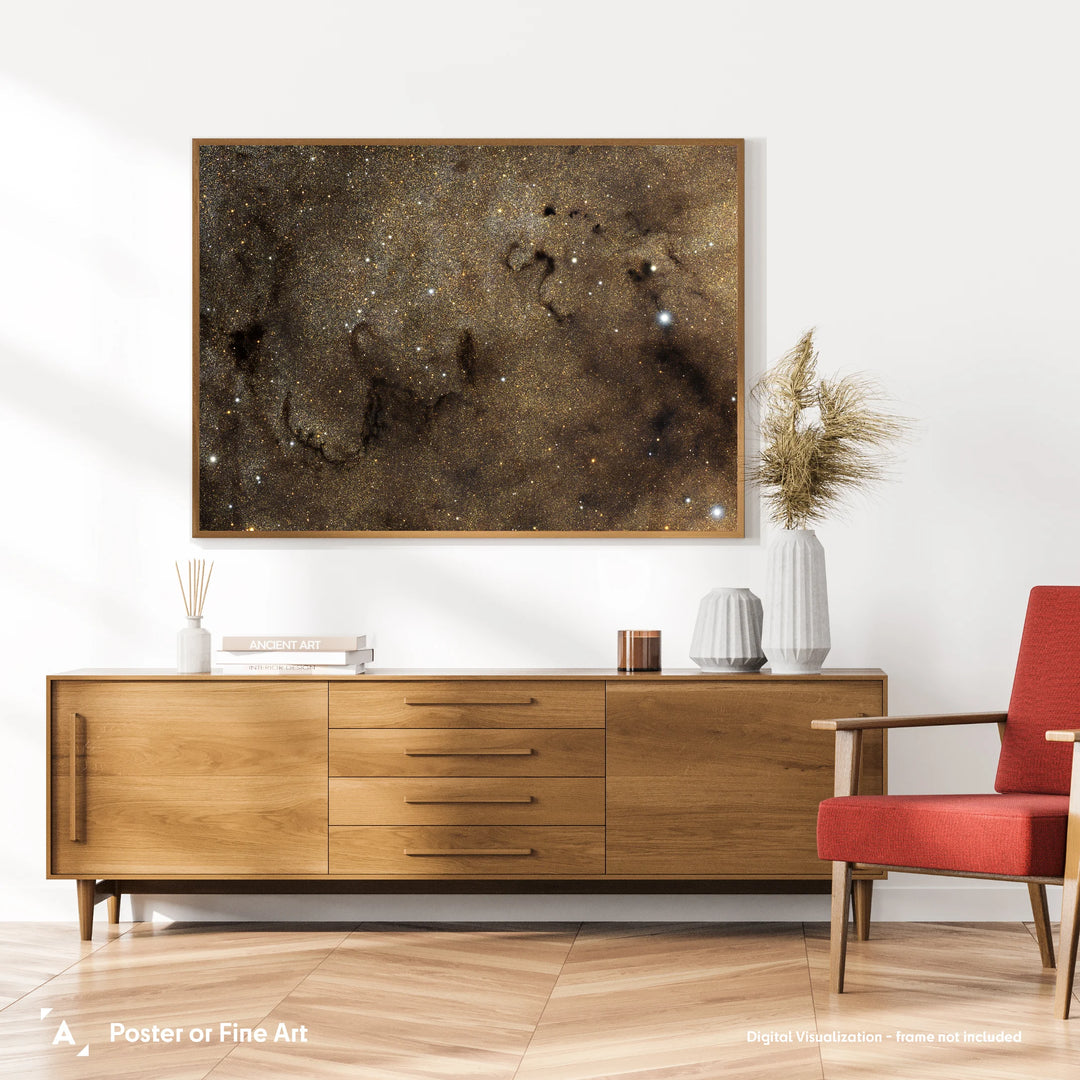

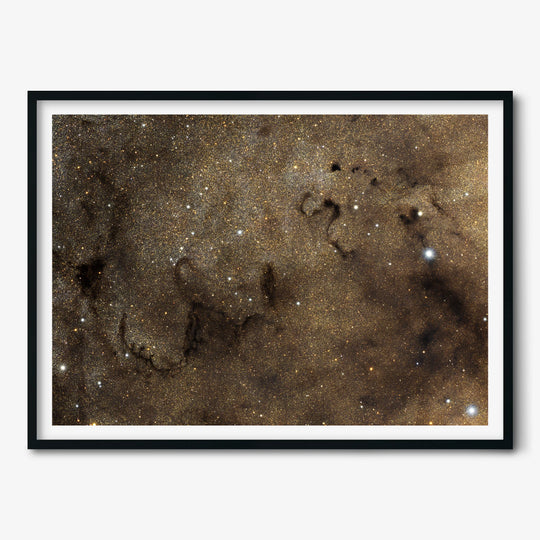
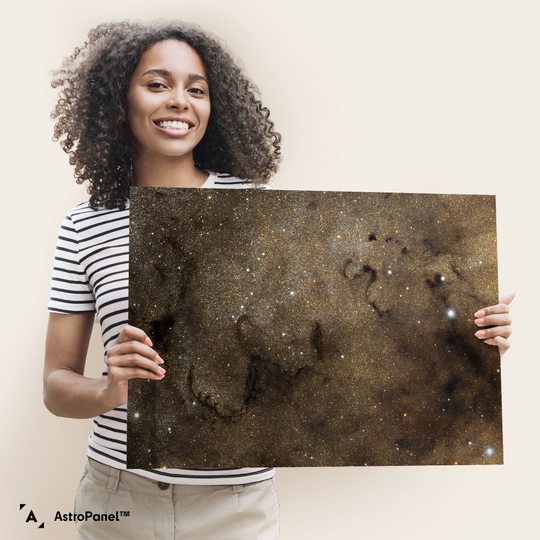
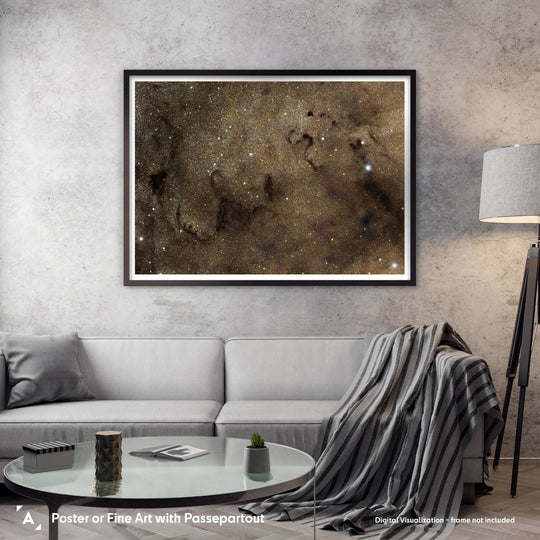
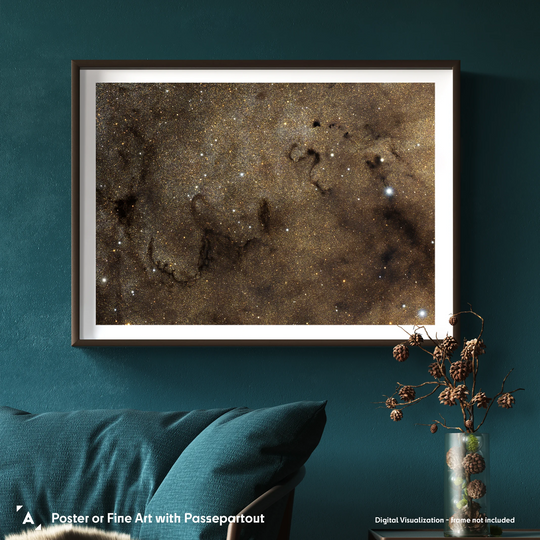
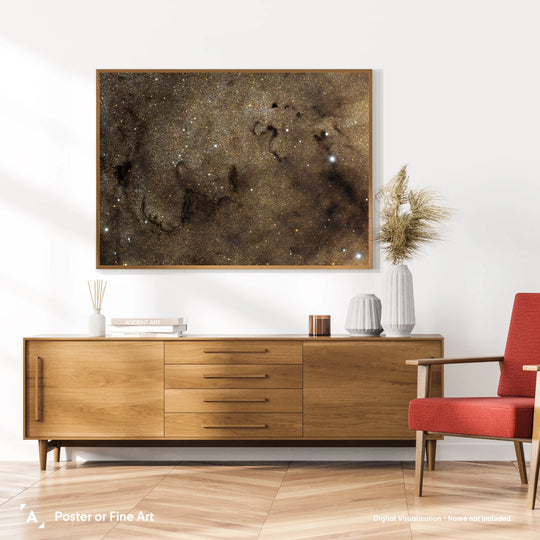




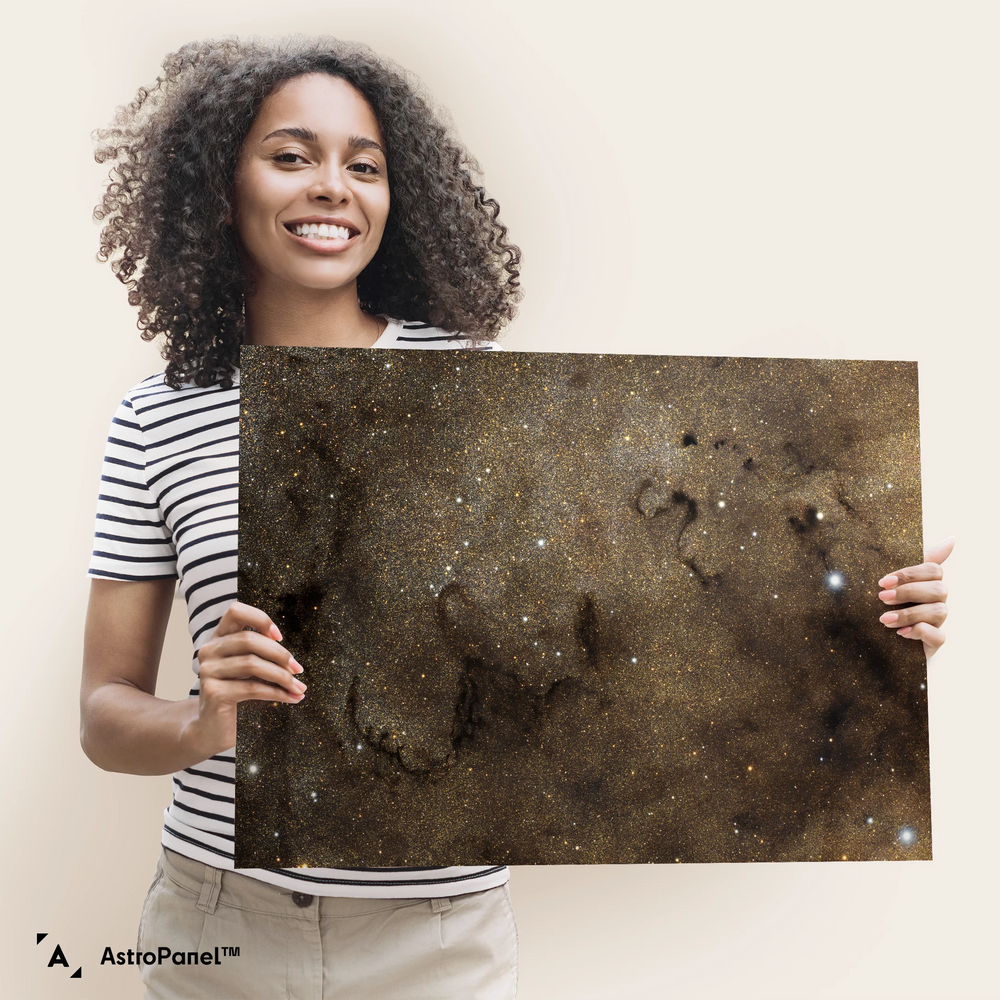

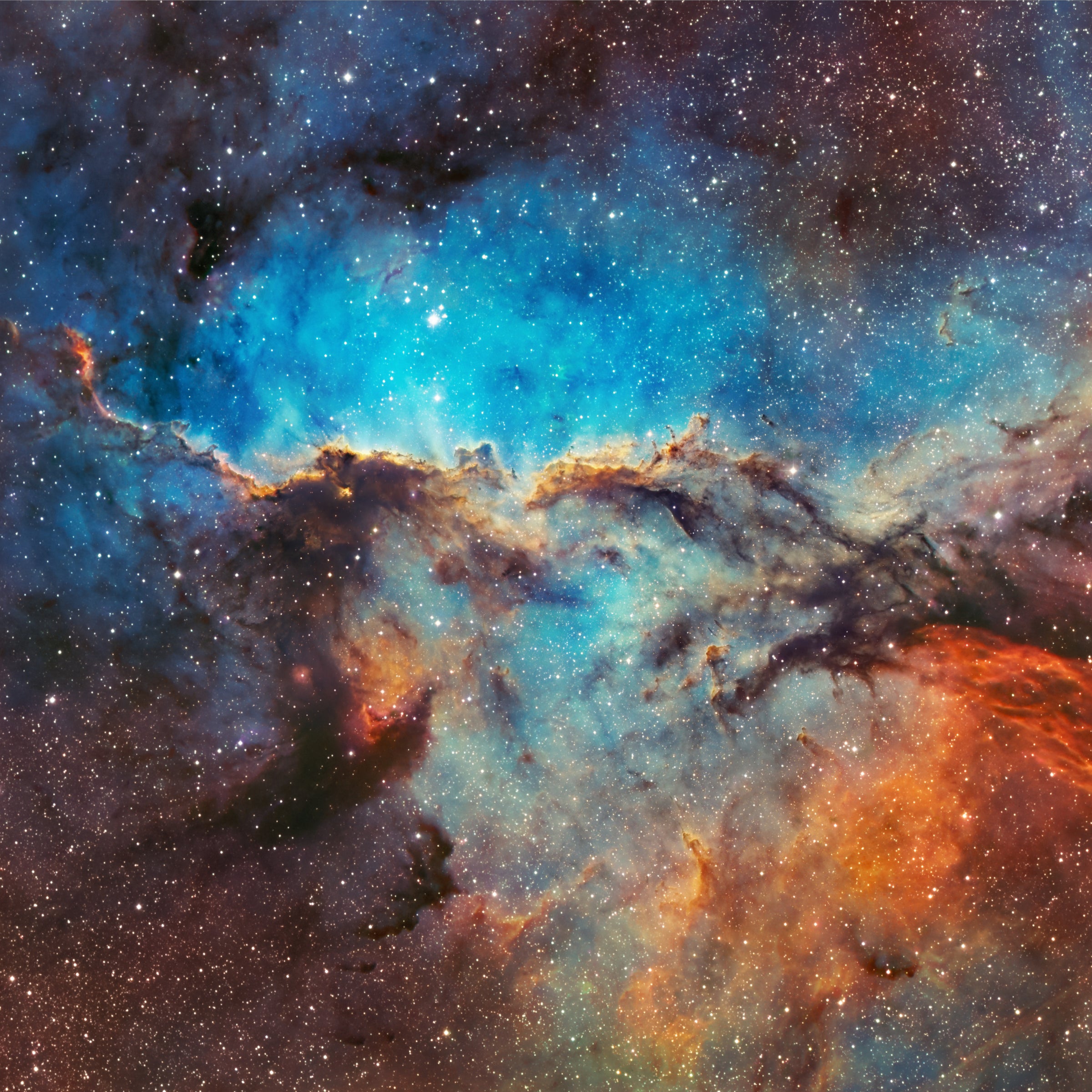
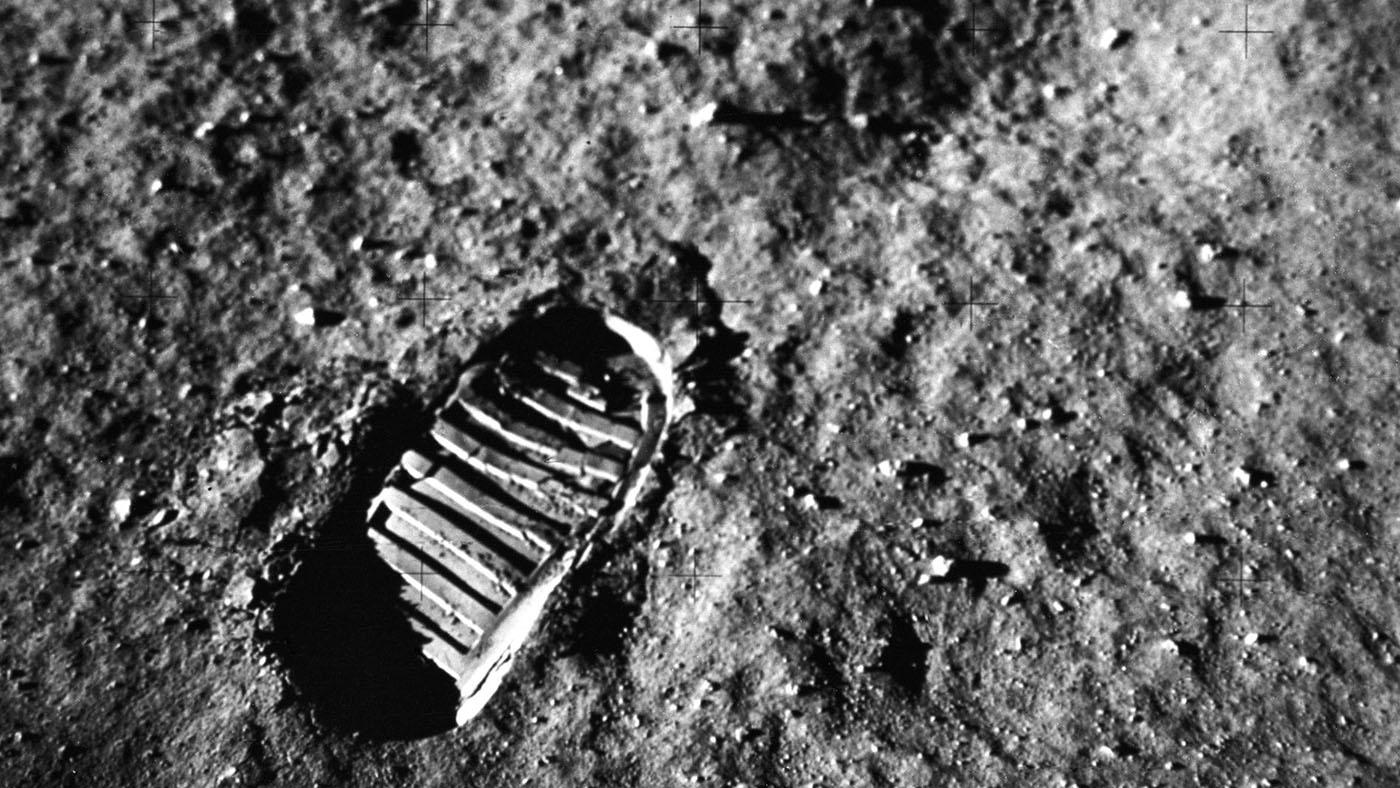
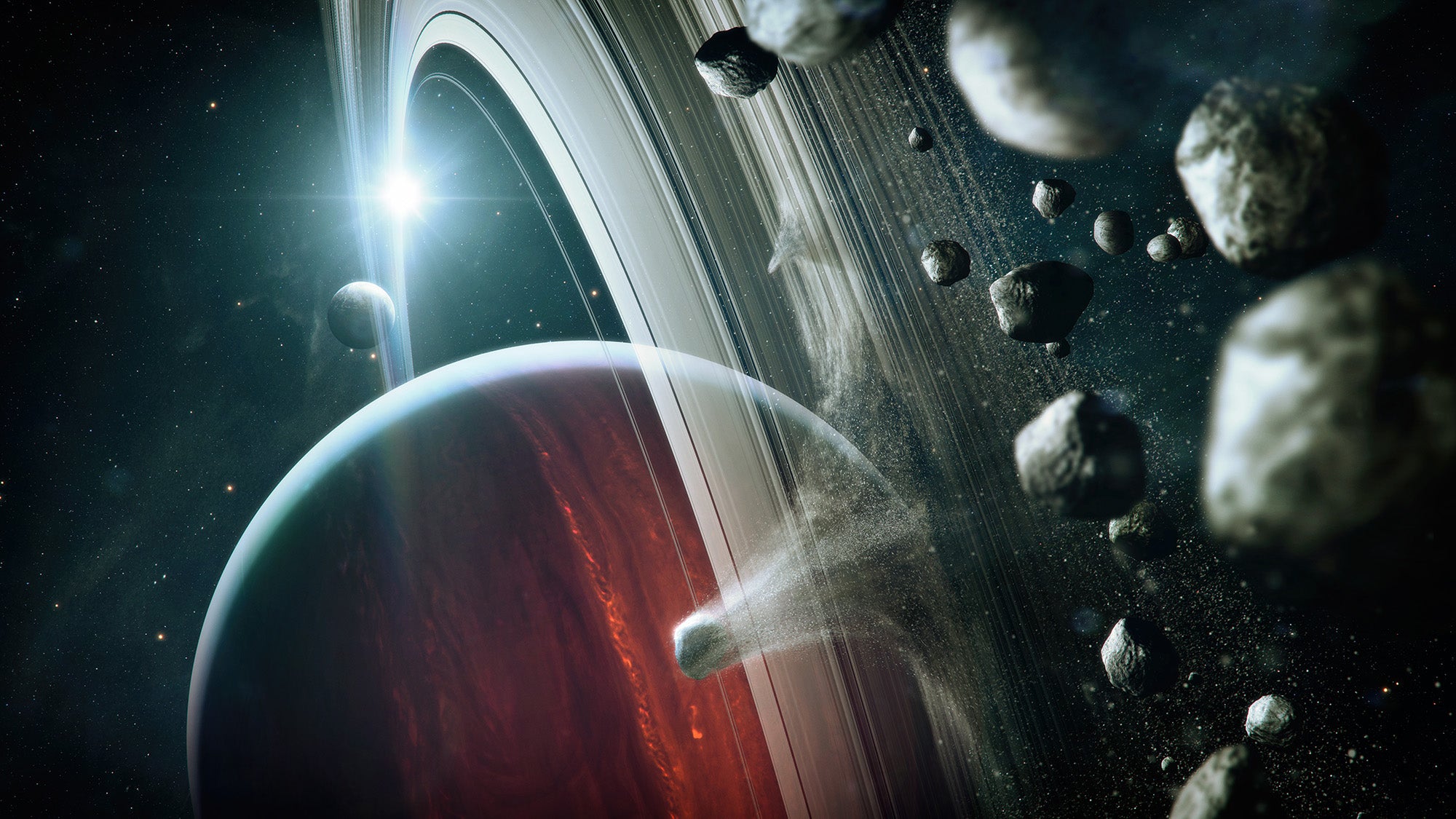
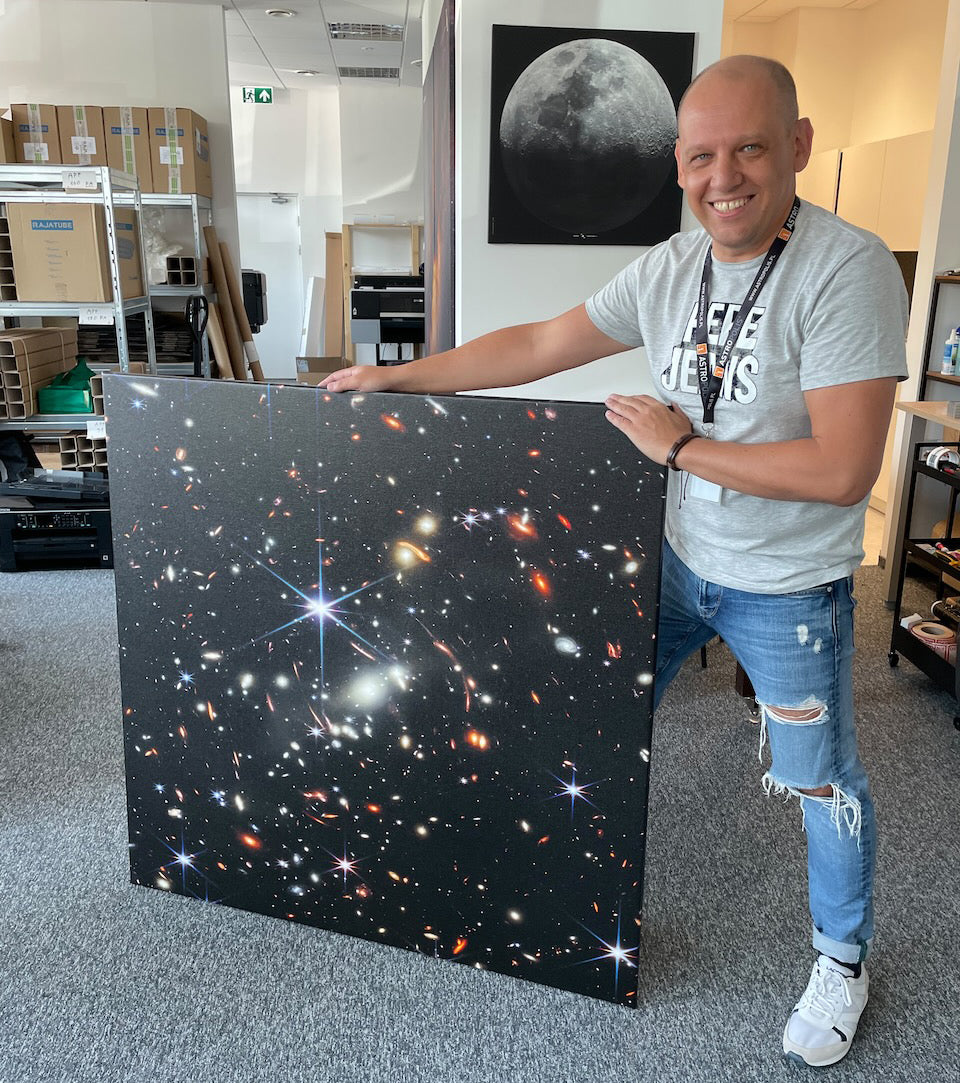
![4 Incredible Space Posters and Wall Art for Man’s Cave [Inspirations]](http://astrography.com/cdn/shop/articles/mans-cave-2-16x9-1_83814d94-574a-4782-a3a0-cf4e59620b81.webp?v=1763116144&width=1080)
